
The UWP Pivot Chart control organizes and summarizes business data and displays the result in a graphical format.
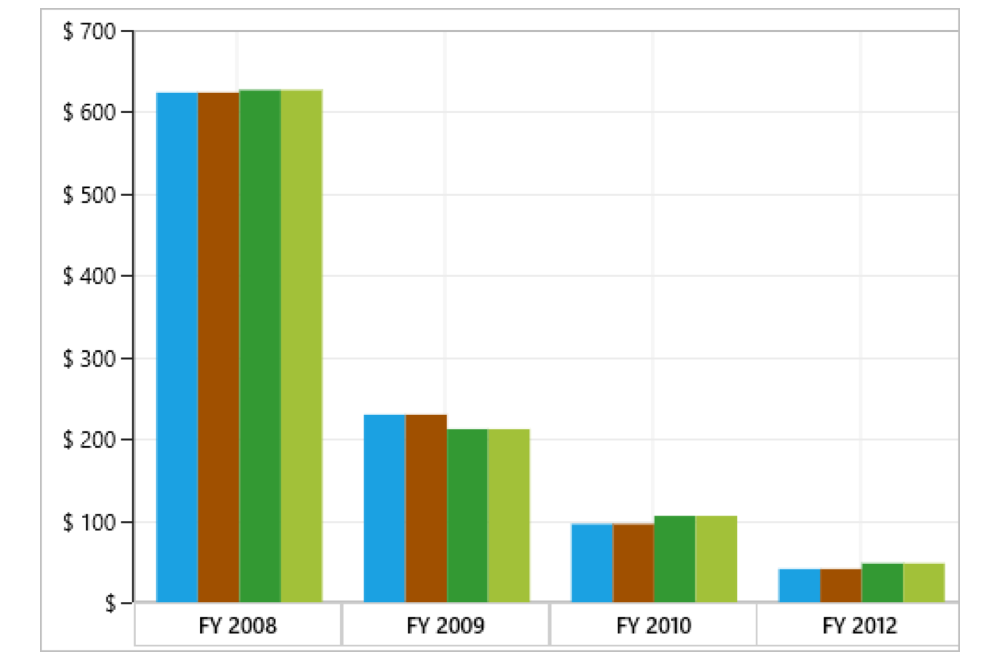

The UWP Pivot Chart control simulates the pivot chart feature of Excel. The data source for the control should be either OLAP or pivot data sources:

All features will work on touch devices with ease. Features such as drill up, drill down, and other chart interactions can be done on the fly.

Responsive support allows the control layout to be viewed on mobile devices.
End users can easily slice and dice the OLAP cube elements of their choice to visualize performance, trends, outliers, and more.

With slice and dice, you can create a new view for end users by selecting dimensions and measures from the data source OLAP cube and filtering them.

KPIs are a collection of calculations associated with a measure group that evaluates business success.

Extensive support has been provided to load and render large amounts of data through paging or virtual scrolling without any performance constraints.
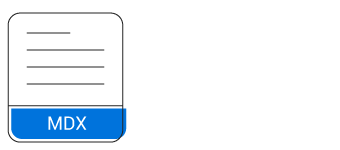
Named sets simplify MDX queries and provide useful aliases for complex, commonly used set expressions.

You can create and display dimensions and measures on your own.

The UWP Pivot Chart control allows users to visualize data using different chart types: stacked area, spline area, step line area, stacked bar, 100% stacked bar, stacked column, 100% stacked column, spline, step line, scatter, and pie charts. Each one is highly and easily configurable with built-in support for creating stunning visual effects. Users can easily switch among different chart types dynamically.
Drill down (expand) and drill up (collapse) to visualize the pivot information in both abstract and detailed views.


Easily filter and visualize data in a chart with the built-in filter option.
Order series based on values. You can do this only for pivot data sources.

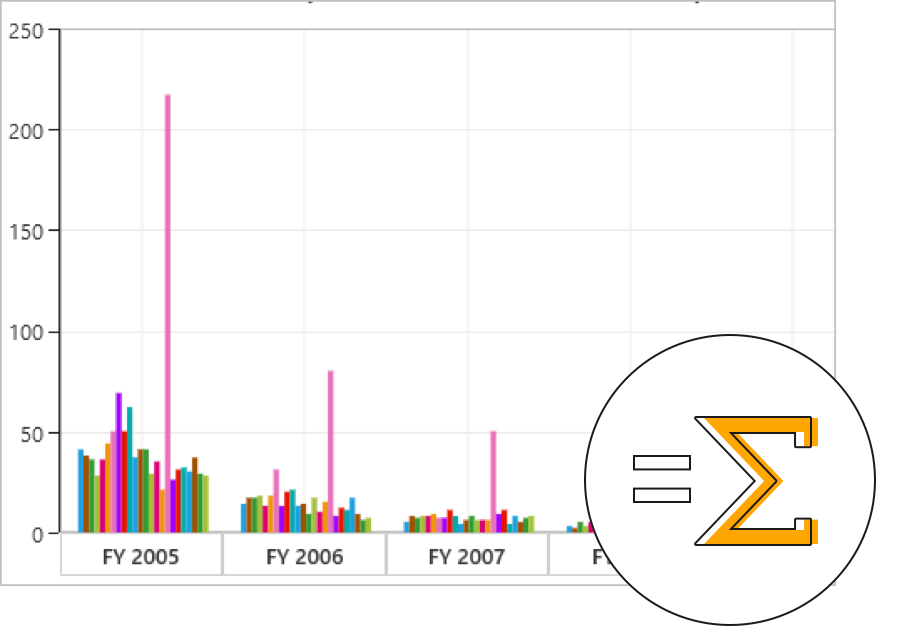
Define your own custom summaries or use 10 built-in summary types. You can do this only for pivot data sources.

Insert new calculations and use 16 built-in calculation types. You can do this only for pivot data sources.

A calculated field, otherwise known as an unbound field, generates a unique field with our own calculated value by executing a simple user-defined formula. You can use this only for pivot data sources.
Expression fields generate data by executing a user-defined expression. The generated data is specific to a few fields from the underlying data source. You can use this only for pivot data sources.

A color code helps differentiate chart series items. Legends have labels beside each color to present some detail about the series.


Customize the series color, border color, and border width of the control.

Data labels provide information about a data point with the help of adornments in series.

Customization options for the axis labels include positioning, placement, label format, and rotation. There are also options for avoiding labels overlapping.

The control comes with a set of color palettes that are automatically applied to a chart’s data points if no custom colors are specified for the series. These built-in palettes offer a rich set of colors to render professional-looking charts.

Chart series can be animated while rendering and refreshing the control.

Provide captions for the chart and chart axes, describing the control’s actual purpose in an application.

Watermark provide faint imprints on the chart that can be either images or text.
Display metadata about a chart or series at specific points of interest in the plotting area.

Interaction features like zooming, panning, marker, crosshair, and tooltip are supported for better user experience in UWP Pivot Chart.

Markers are symbolic representations of points in the control. Crosshairs will return the exact data for the X and Y coordinates under the pointer.

Users can take a close look at a data point plotted in a series at runtime with the zooming feature. Once any part of the chart area is zoomed in, scroll bars will automatically appear to let the user view areas beyond the currently displayed chart area.
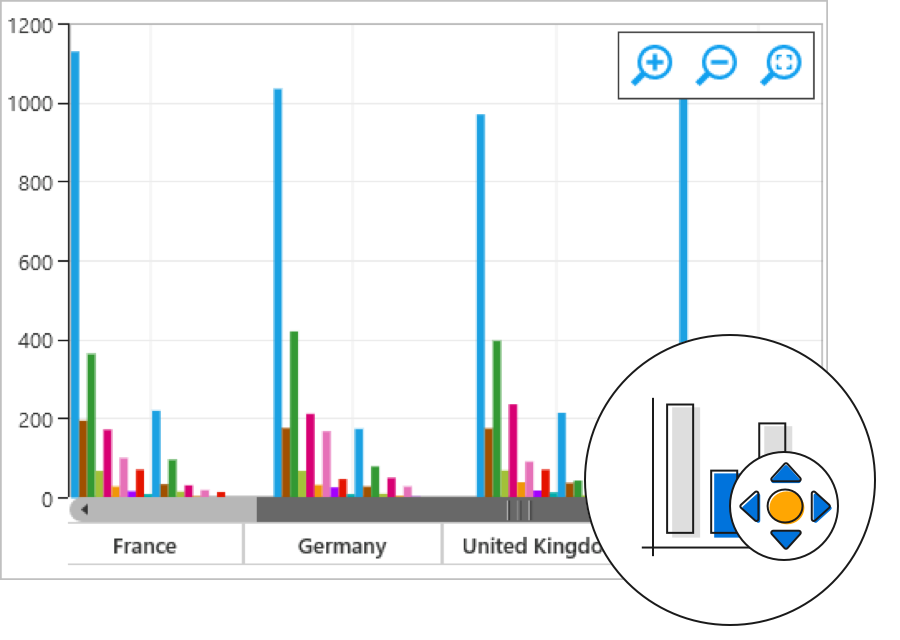
Users can click and drag the pointer across a zoomed-in chart to navigate to other data points for better viewing.

Tooltip provide basic information about a series while the pointer is hovering over it.

Settings in the UWP Pivot Chart control can be serialized to an XML format and loaded back through the built-in deserialization options. You can use this only for pivot data sources.
The UWP Pivot Chart can be exported to Word, PDF, and image formats like SVG, PNG, and JPEG.


Users from different locales can use the control by applying a date format, currency format, and number format to suit local preferences.
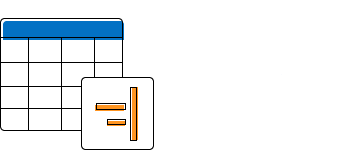
The text direction and layout of the control can be displayed in the right-to-left (RTL) direction.

Users can customize the text available in the user interface based on the local culture.

The UWP Pivot Chart ships with built-in themes like Blend, Office 2010, Office 2016, Office 365, Visual Studio 2013, Visual Studio 2015, Metro, Lime, and Saffron.

Customize the appearance of the control to any extent in code behind.
 Documentation
Documentation
Greatness—it’s one thing to say you have it, but it means more when others recognize it. Syncfusion® is proud to hold the following industry awards.